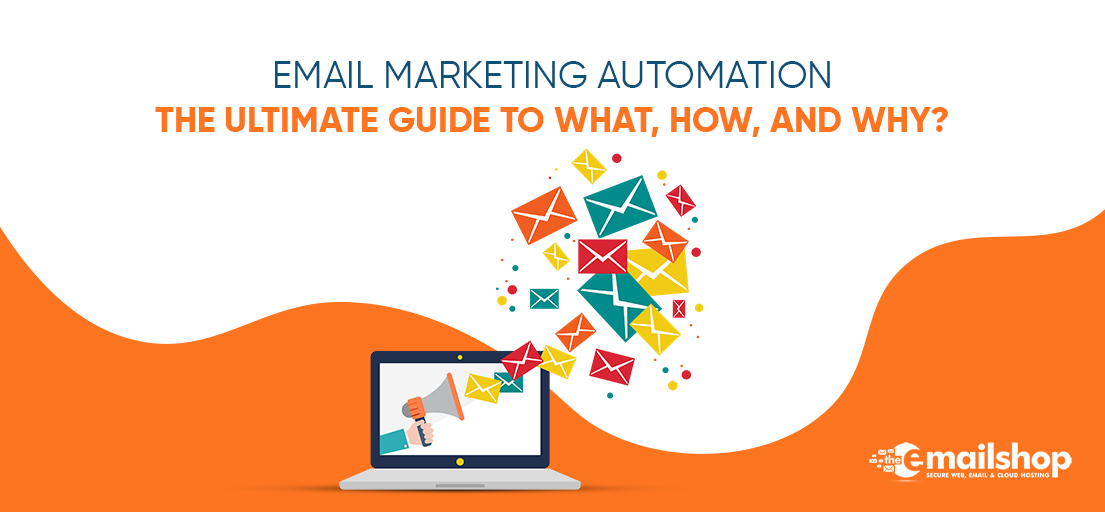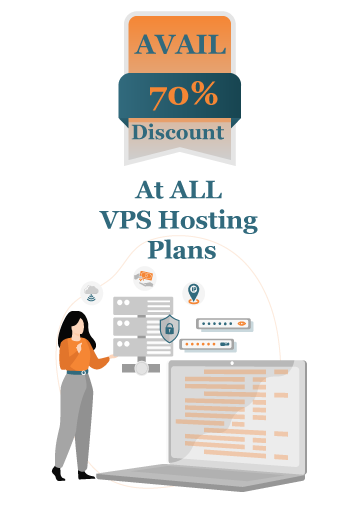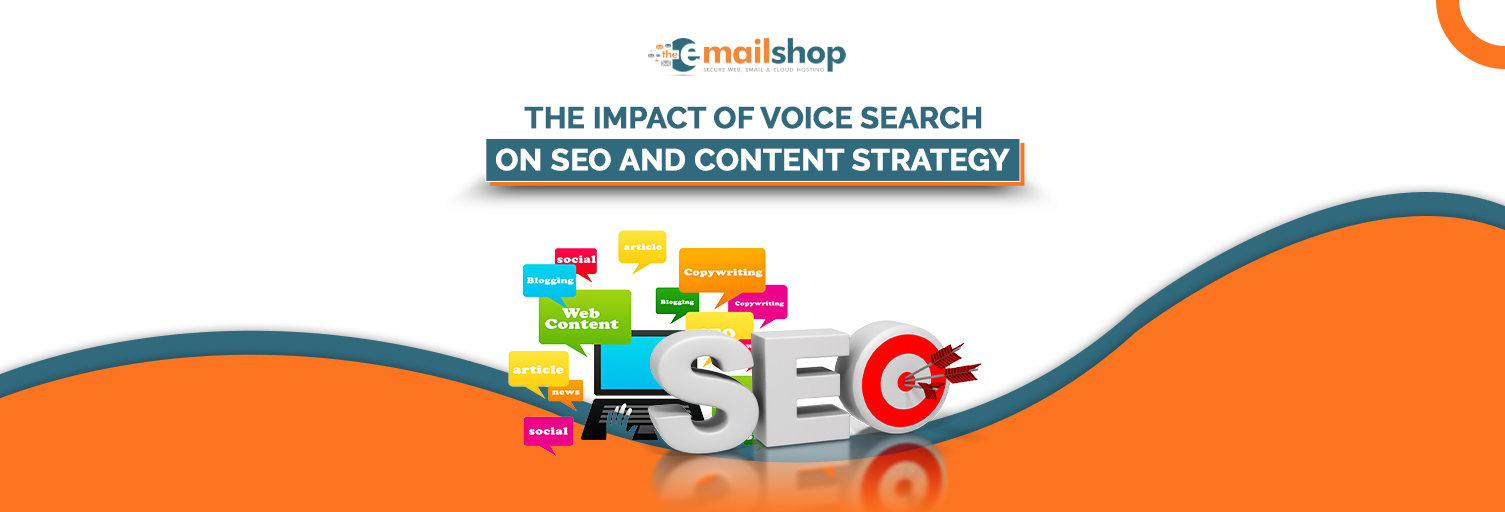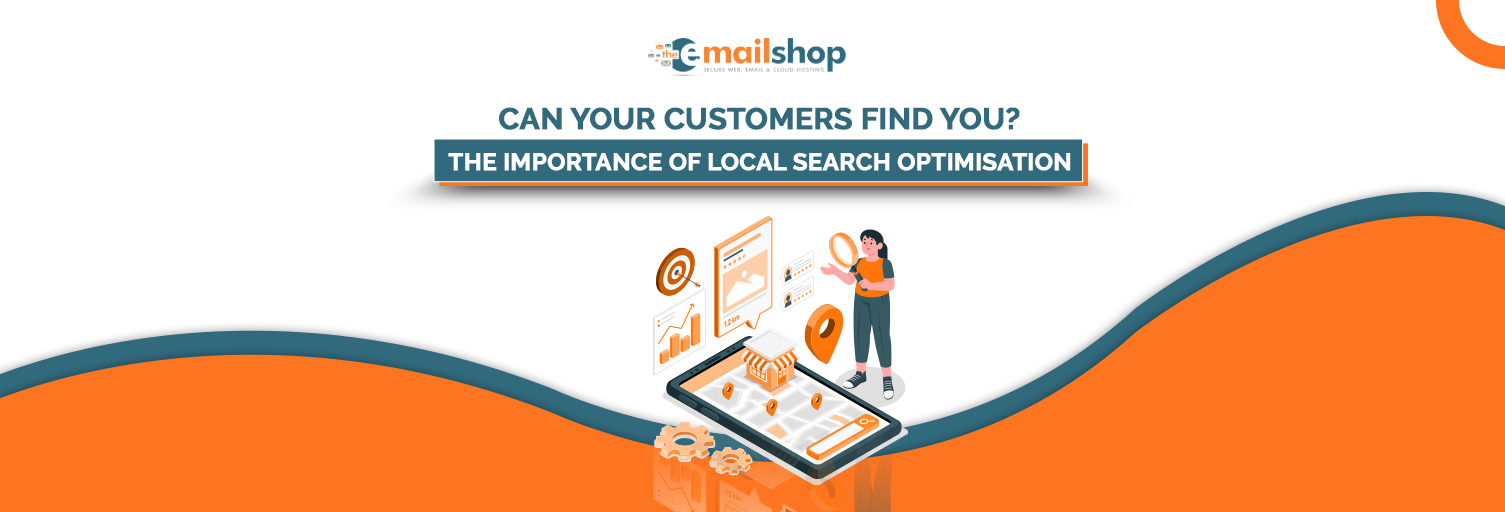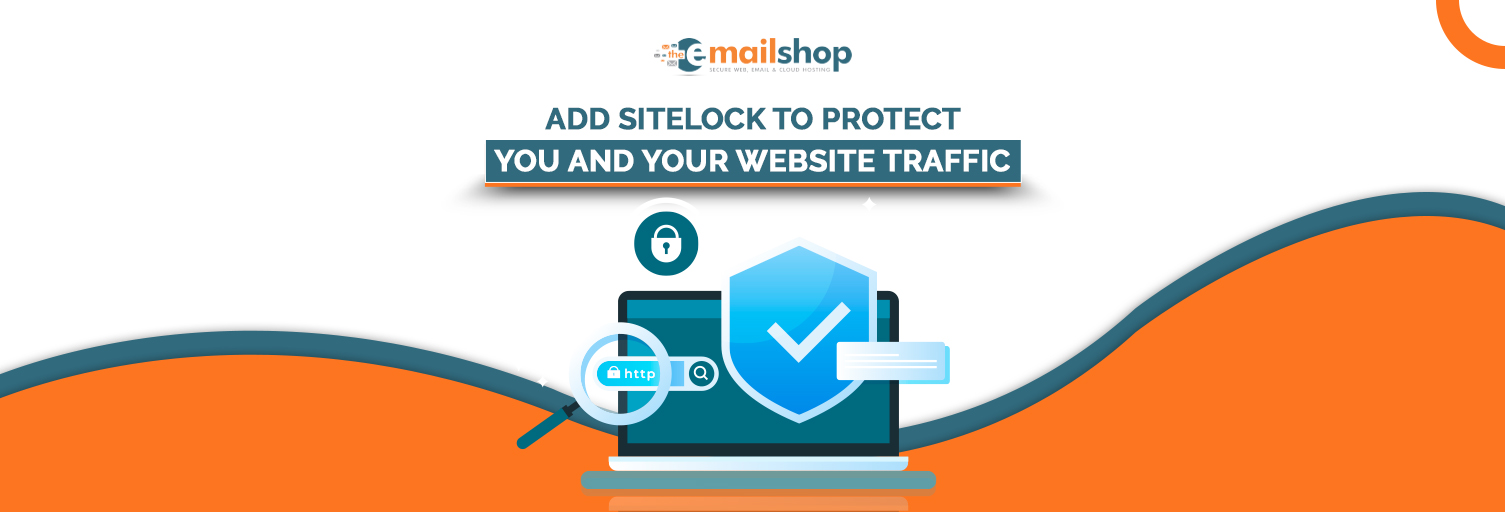Email marketing automation is the practice of pre-programming personalized emails based on predefined triggers to nurture leads and enhance revenues. It enables firms to deliver targeted emails to the correct individuals at the right time.
Email marketing automation is not a one-click money dispenser. It requires talent and practice to design email marketing campaigns that consider the receiver and how they will feel when they get particular emails or promotions.
In this comprehensive article, we will explain how to handle email automation correctly, with step-by-step guidance on essential use cases and pitfalls to avoid.
What is Email Automation?
Email automation is a catch-all word describing the technology and practices that allow businesses to connect successfully via email at scale. It entails always replying with the appropriate message at the appropriate moment, as well as only providing information that is beneficial and relevant to each recipient. It might be a single email triggered by a customer activity, or a series of emails aimed to enlighten and motivate customers to take a specific action.
Benefits of Email Automation?
-
Save Time and Money
Simply said, email automation saves you time and allows you to accomplish more with fewer resources. Responding to FAQs, issuing reminders, and responding to client requests can all be done quickly and easily with automation. Importantly, email automation can operate continuously by utilizing send time optimization to deliver messages at the optimal moment for each recipient.
-
Throughout the Purchasing Cycle, Useful and Effective
Email automation allows you to send valuable and relevant messages at any stage in the customer journey, from marketing messages to service warnings and loyalty initiatives.
-
Supports High-Volume Deployments
We’re not talking about spam here, but if you need to send a large number of personalized messages quickly and cheaply, email is the way to go. When banks send out monthly statements to their customers, consider the cost reductions involved in sending these by email rather than physical mail.
-
Build Solid Customer Relationships over Time
You may establish trust and loyalty in your business by using email nurture flows to drip feed helpful information to clients and prospects over time. Existing customers are more likely to remain loyal if you keep them informed of relevant messaging, such as product upgrades or special discounts for loyalty. All of these things help to maintain your brand in their minds and reduce churn.
-
Easy to Manage
Modern email platforms give all of the capabilities needed for business users to create and launch sophisticated automated email campaigns without the need for technical expertise. From automatically picking the ideal recipients for a campaign to integrating personalized fields and content in email content to performing AB testing to optimize interaction, it’s all possible with an easy-to-use no-code interface.
-
Retain Existing Customers
The ability to persuade your existing clients to continue purchasing from your online business is one of the benefits of email automation. You can schedule messages to ensure that your consumers do not go too long without hearing from you, and you can adjust the content to meet one or more of their demands.
How To Get Started With Email Marketing Automation
-
Define Your Goals
Clearly outline your objectives for email marketing automation. Whether it’s lead generation, customer retention, or sales conversion, having specific goals will guide your strategy.
-
Choose An Email Marketing Platform
Select a reliable email marketing platform that supports automation. Popular choices include Mailchimp, HubSpot, and ActiveCampaign. Ensure it integrates well with your existing tools and offers the features you need.
-
Build Your Email List
Collect and organize your email contacts. Segment your list based on factors like demographics, behaviors, or preferences. This segmentation helps in creating targeted and personalized automated campaigns.
-
Create Valuable Content
Develop engaging and relevant content for your emails. This includes welcome emails, newsletters, and any other communication you plan to automate. Craft compelling subject lines and body content to capture your audience’s attention.
-
Set Up Automation Workflows
Design automation workflows based on your goals. For instance, create a workflow for welcoming new subscribers, nurturing leads, or re-engaging inactive customers. Map out the sequence of emails and triggers that will initiate each step.
-
Personalize Your Emails
Leverage personalization tokens to customize your emails with recipients’ names, preferences, or purchase history. Personalized content increases engagement and builds a stronger connection with your audience.
-
Scale Gradually
Start with a few automated campaigns and gradually expand based on performance and feedback. Monitor the results, gather insights, and refine your strategies as needed.
Figure out your Email marketing automation strategy
-
Segment Your Email List
To ensure that an email automated marketing strategy works well, classify your clients into lists based on their demands. List segmentation allows you to personalize the emails you send to different groups of clients based on: Their personal preferences, Demographics, and Shopping habits. An excellent starting point is to concentrate on clients who have made the most purchases from your online store. They will be the clients most receptive to communications giving discounts or persuading them to return to make additional purchases.
-
Set UP Automated Email Workflows
-The next step in automating your emails is to design automated email workflows. An automated workflow is a series of emails that are generated automatically in response to user actions on your website or landing page. You may automate a variety of email workflows, including welcome flows and abandoned cart flows. Each email workflow comprises a few emails (usually at least three) sent to your subscribers at regular intervals. Furthermore, each workflow is launched in response to a unique trigger.
-
Set UP an Automated Trigger
Email automation triggers are pre-programmed emails that are automatically sent to subscribers. Typically, they are based on: Preset event behavior. Or an action. Once set up, a trigger email will be sent to your subscriber’s inbox based on their activity. For example, assume a customer adds a product to their cart but does not finish the purchase. Email automation allows them to receive a reminder to complete their transaction.
Read More: Email Hosting for Small Businesses: A Complete Guide
Wrapping UP
As the digital world changes, it is clear that email marketing automation will remain a crucial component of any successful marketing strategy. It is a great technique for creating and delivering high-quality email messages more efficiently. Using email automation software increases your chances of reaching your target audience and generating leads that finally lead to sales.
Get the Email Automation Tools You Need With the Email Shop Engagement
The Email Shop Engagement is the email marketing automation solution you’ve been looking for. Our all-in-one software integrates customer data, omnichannel automation, artificial intelligence, and advanced analytics into a single platform. With everything you need in one location, you can design personalized email marketing campaigns that earn more revenue faster. And we make it simple for you to start from anywhere. Are you ready to learn how email marketing automation may benefit you? To learn more, please visit our interactive demo.
For Discount and Offers, Visit our Official Twitter Page

